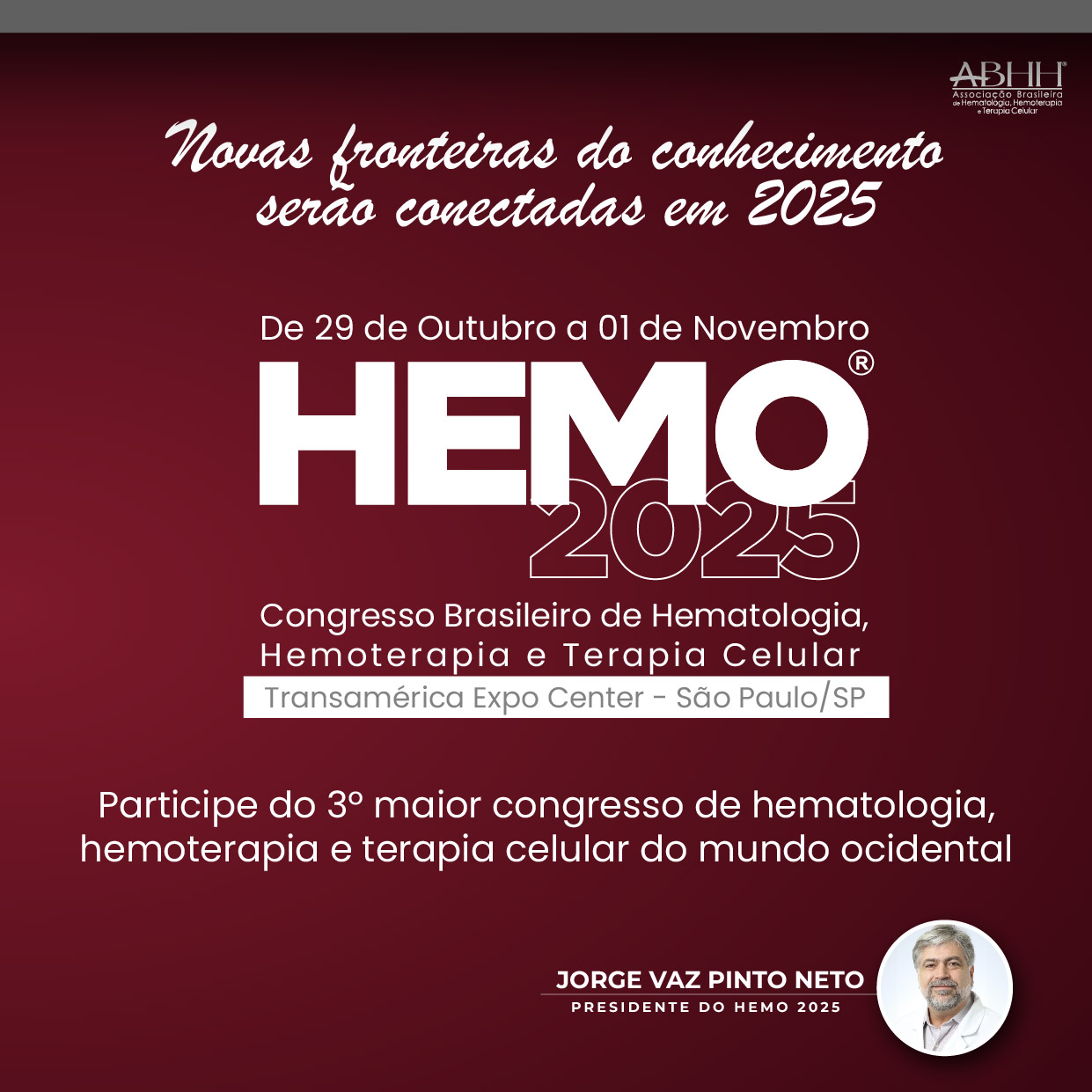
Chronic Myeloid Leukemia (CML) typically progresses through chronic, accelerated, and blast phases, with most patients responding well to Tyrosine Kinase Inhibitors (TKIs) in the chronic phase. However, patients with Accelerated-Phase (AP) CML who develop high blast counts and TKI resistance are often considered at risk for transformation into Blast-Phase (BP) CML or secondary AML, requiring intensive chemotherapy or stem cell transplantation. This case highlights a patient with AP-CML who achieved full hematologic and molecular remission after receiving 5+2 chemotherapy and dasatinib, despite a high blast count and a prolonged TKI-free period before treatment initiation.
Case presentationA 44-year-old male was diagnosed with CML (February 2022) and initially treated with imatinib, followed by dasatinib, bosutinib, and nilotinib due to persistent BCR-ABL positivity and extreme thrombocytosis (> 1 million/µL). By October 2024, disease transformation was suspected due to BCR-ABL levels rising to 85% and bone marrow biopsy showing 17% blasts. Notably, the patient had discontinued dasatinib at least three months before hospitalization, further contributing to disease progression. Given the high blast count and persistent thrombocytosis, 5+2 induction chemotherapy (cytarabine + idarubicin) was administered, followed by a reassessment bone marrow biopsy in December 2024, which was inconclusive. Post-chemotherapy, the patient refused further AML-directed treatment and instead resumed dasatinib therapy. Over the following six months, the patient’s hematologic parameters normalized, and repeat bone marrow biopsy confirmed complete remission, demonstrating a remarkable reversal from the accelerated phase.
ConclusionThis case illustrates the potential for AP-CML with a high blast count to revert to the chronic phase following 5+2 chemotherapy and re-initiation of TKI therapy. It also underscores the risks associated with TKI discontinuation in advanced CML and suggests that targeted therapy with TKIs can remain effective even after transient chemotherapy-induced cytoreduction. This highlights the importance of individualized treatment approaches in advanced CML and the potential for avoiding AML-directed therapies in select cases.







